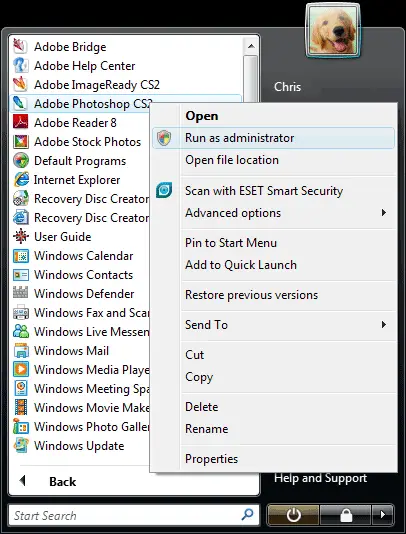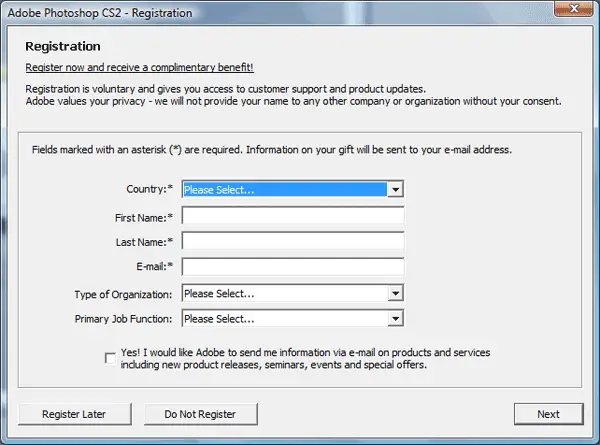

Adobe was smart about its implementation. You may be pleasantly surprised when you open Photoshop’s Font menu and discover the WYSYWIG font display. Like the guides in Illustrator, Photoshop now includes Smart Guides that automatically pop up to help you align layers. This is a welcome addition to any type of layout operations. When the boundary of one layer gets near another, Smart Guides automatically appear to help in positioning. Photoshop’s Guide feature has received an IQ boost in the form of Smart Guides, dynamic snapping guides that pop up as you drag layers around. Even with these complaints, though, Smart Objects are a great addition that will quickly find their way into your everyday workflow.

You can, however, apply adjustment layers to Smart Objects, just as you would any other type of layer. Though Adjustment Layers are a good start, the inability to apply sharpen, noise, blurs, or other filters in a parametric fashion is a weak spot. Photoshop users have long cried out for the ability to apply filters in a parametric, non-destructive way.

Unfortunately, you can’t apply adjustments or filters directly to Smart Objects. For in-process workflows, where a particular element might change later, this non-destructive approach works great. Smart Objects are a boon for transformation operations because they don’t affect your original data. (If you’ve worked with Adobe After Effects, you can think of a Smart Object as a pre-comp.) At any time, you can rasterize your Smart Object into a normal layer, thus committing your operation. In this way, Smart Objects allow for non-destructive editing, since none of the changes you make affect your original data. However, no matter what you do to them, you can always open them in their original state and edit them. Smart Objects work just like any other layer: You can move them, transform them, change their opacity and blending mode, and even apply Layer Styles. The two source layers disappear, and a new Smart Object layer takes their place. For example, you might select a layer containing a logo, and a layer containing some text, and then group them into a Smart Object. A Smart Object can be a piece of vector artwork that you’ve imported into Photoshop, or any group of raster or vector layers that you’ve created within Photoshop. The Layers palette also provides access to Photoshop’s new Smart Objects feature. The Layers palette now lets you select multiple layers by shift-clicking, and provides improved Locking controls. Adobe has greatly improved the locking facility, which now lets you lock content and positioning separately. Instead, you lock a layer by selecting it and then toggling the lock controls at the top of the Layers palette.

Locking has also changed, and layers no longer sport a Lock icon. Experienced users should have no trouble getting used to this simple procedure. For example, to constrain an adjustment layer to a particular set of layers, you now group the layers with the relevant Adjustment Layer and then change the group’s blending mode from Pass Through to Normal. Linking is still available in the Layers menu, but some link-dependent processes have changed. The Layers palette no longer includes icons for linking layers, because now - finally - you can select multiple layers by shift-clicking (or command/control clicking to select non-contiguous layers). Nevertheless, many little changes are spread throughout the application. Photoshop CS2’s interface remains almost identical to recent versions, meaning you won’t have to struggle with new keyboard shortcuts or re-arranged tool palettes. When you first launch Photoshop, you won’t notice a lot of changes. I’ll spill the beans right now and tell you that Photoshop CS2 is well worth the money ($599 or $149 upgrade), although there’s still room for improvement. In addition to new photo-editing features, such as automatic perspective controls and improved Camera Raw, the program’s new Smart Objects and Warping tools should appeal to all users. In the latest release, Photoshop Creative Suite 2, Adobe added new features for everyone. Although Photoshop was originally designed to be a digital darkroom, it long ago outgrew that niche market and is now a standard component of every type of graphic workflow, from print, Web design, and 3D graphics, to special effects and video production.


 0 kommentar(er)
0 kommentar(er)
